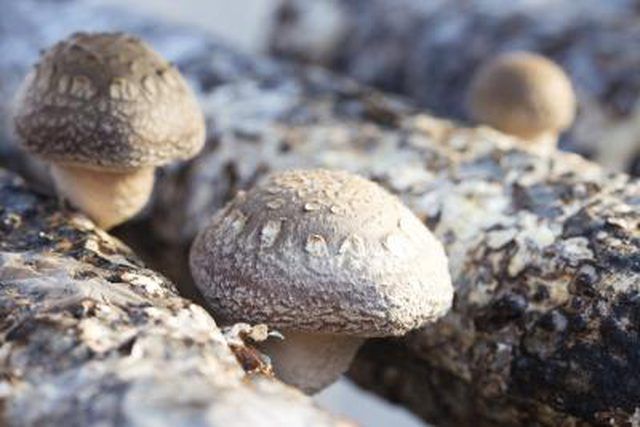Bulbs
Flower Basics
Flower Beds & Specialty Gardens
Flower Garden
Garden Furniture
Garden Gnomes
Garden Seeds
Garden Sheds
Garden Statues
Garden Tools & Supplies
Gardening Basics
Green & Organic
Groundcovers & Vines
Growing Annuals
Growing Basil
Growing Beans
Growing Berries
Growing Blueberries
Growing Cactus
Growing Corn
Growing Cotton
Growing Edibles
Growing Flowers
Growing Garlic
Growing Grapes
Growing Grass
Growing Herbs
Growing Jasmine
Growing Mint
Growing Mushrooms
Orchids
Growing Peanuts
Growing Perennials
Growing Plants
Growing Rosemary
Growing Roses
Growing Strawberries
Growing Sunflowers
Growing Thyme
Growing Tomatoes
Growing Tulips
Growing Vegetables
Herb Basics
Herb Garden
Indoor Growing
Landscaping Basics
Landscaping Patios
Landscaping Plants
Landscaping Shrubs
Landscaping Trees
Landscaping Walks & Pathways
Lawn Basics
Lawn Maintenance
Lawn Mowers
Lawn Ornaments
Lawn Planting
Lawn Tools
Outdoor Growing
Overall Landscape Planning
Pests, Weeds & Problems
Plant Basics
Rock Garden
Rose Garden
Shrubs
Soil
Specialty Gardens
Trees
Vegetable Garden
Yard Maintenance
How to Grow Shiitake Mushrooms
How to Grow Shiitake Mushrooms. For adventurous kitchen gardeners, growing shiitake mushrooms (Lentinula edodes) presents a delicious, rewarding challenge. Shiitakes can be grown indoors and out, providing a ready supply of meaty, robust treats. Filled with vitamin D and other nutrients, homegrown shiitakes boast taste and firmness that only come...

For adventurous kitchen gardeners, growing shiitake mushrooms (Lentinula edodes) presents a delicious, rewarding challenge. Shiitakes can be grown indoors and out, providing a ready supply of meaty, robust treats. Filled with vitamin D and other nutrients, homegrown shiitakes boast taste and firmness that only come with fresh produce. With a little preparation and patience, you can have a shiitake garden of your own.
Understanding Strains and Spawn
In nature, fungi reproduce by releasing spores. Cultivated mushrooms are grown from filaments of the fungus itself. Commercially available fungal strands, called spawn, form the basis of shiitake gardens. Like flowers, shiitakes have strains with different characteristics. When buying spawn, choose strains to match your growing plans and conditions. Shiitakes grow in a range from 41 to 86 degrees Fahrenheit. Cool-season strains fruit at low temperatures, warm-season strains at high, and wide-range strains fruit in the middle. Spawn also comes in different forms, from dowel-like pegs to sawdust blocks.
Taking the Simple Route
Buying sawdust blocks preinfused with spawn provides a quick start for shiitakes. Purchase blocks at the white stage, when fungi have started growing, or buy mature brown blocks primed to fruit. Unwrap their plastic coatings and brown blocks fruit in a few days. White blocks require soaking, regular misting and four to eight weeks, depending on strains and growing conditions. Three to four weeks after fruiting, soak blocks in water for 12 to 24 hours to encourage additional crops. Blocks can yield up to 2 pounds of shiitakes per harvest, but soon dwindle.
Heading to the Woods
For a lasting shiitake garden, turn to hardwood logs. First harvest can take 12 months, but fruiting may continue for years. White oaks (Quercus alba), hardy in U.S. Department of Agriculture plant hardiness zones 3 through 9, provide the most productive, problem-resistant shiitake logs, but they take longer to fruit. Sugar maples (Acer saccharum), hardy in USDA zones 3 through 8, also make excellent shiitake gardens. Harvest logs from live healthy trees during the dormant season. Avoid fungi-ridden dead trees. Logs 4 to 5 inches in diameter, cut to a manageable length, produce well.
Getting Spawn Started
Plan to get spawn into fresh logs within two weeks of cutting when nighttime temperatures stay consistently above freezing . Dowel spawn makes inoculation simple. With a 5/16-inch drill, work straight down the length of the log, drilling 1-inch-deep holes about 6 inches apart. Drill a second row, at least 2 inches higher or lower, and stagger the holes to form diamond patterns with other rows as you work around the log. Wear gloves and safety goggles as you work. Next, insert a spawn dowel in each hole and pound it in with a hammer until fully inside the hole. Once all the holes are filled, they need to be sealed.
Sealing the Deal
To seal your logs, use beeswax or a food-grade wax such as cheese wax. Melt the wax in a heat-proof container. Don't overheat; wax is flammable. Use a small brush to paint wax over the holes. Paint or dip the log ends in wax to preserve moisture and avoid contamination from undesirable fungi. Stack sealed lots in a shady location with good air circulation, such as under a stand of evergreen trees. In about three months, youíll see white fungal rings on the log ends. Shiitakes will follow in six to nine months, depending on the strain and conditions.
Harvesting and Storing
Once shiitakes mature, enjoy them at any time. If any other mushrooms appear, donít eat them. Harvest shiitakes by cutting or twisting them off with your hands. If you damage the bark, seal the spot with wax. Freshly harvested shiitakes keep up to a month in the refrigerator when stored in ventilated produce bags. Drying them upside down in the sun increases the vitamin D content and extends storage time in airtight containers up to two years. Your shiitake garden should fruit every 10 to 12 weeks. Some logs produce mushrooms for five years or longer.